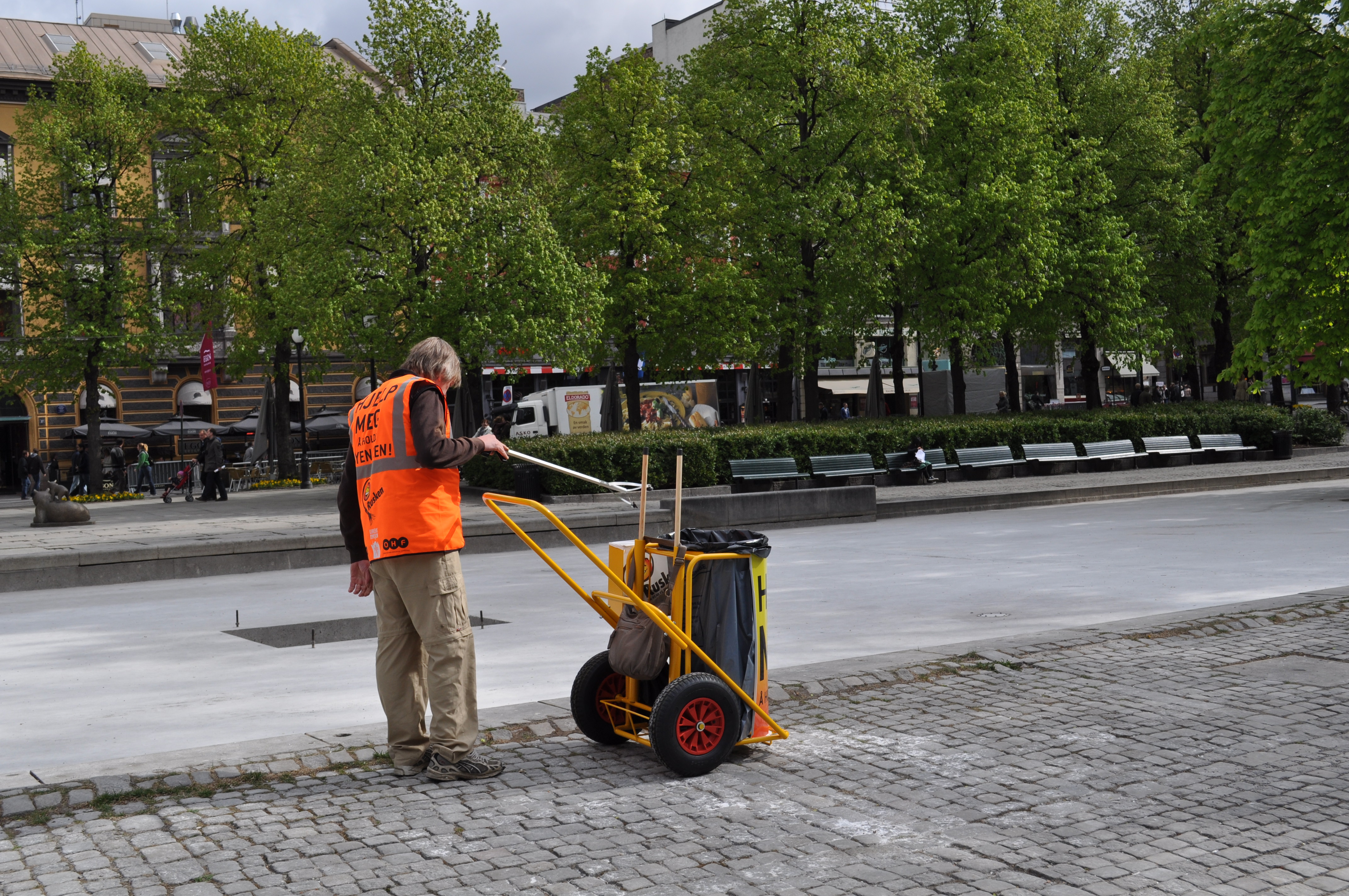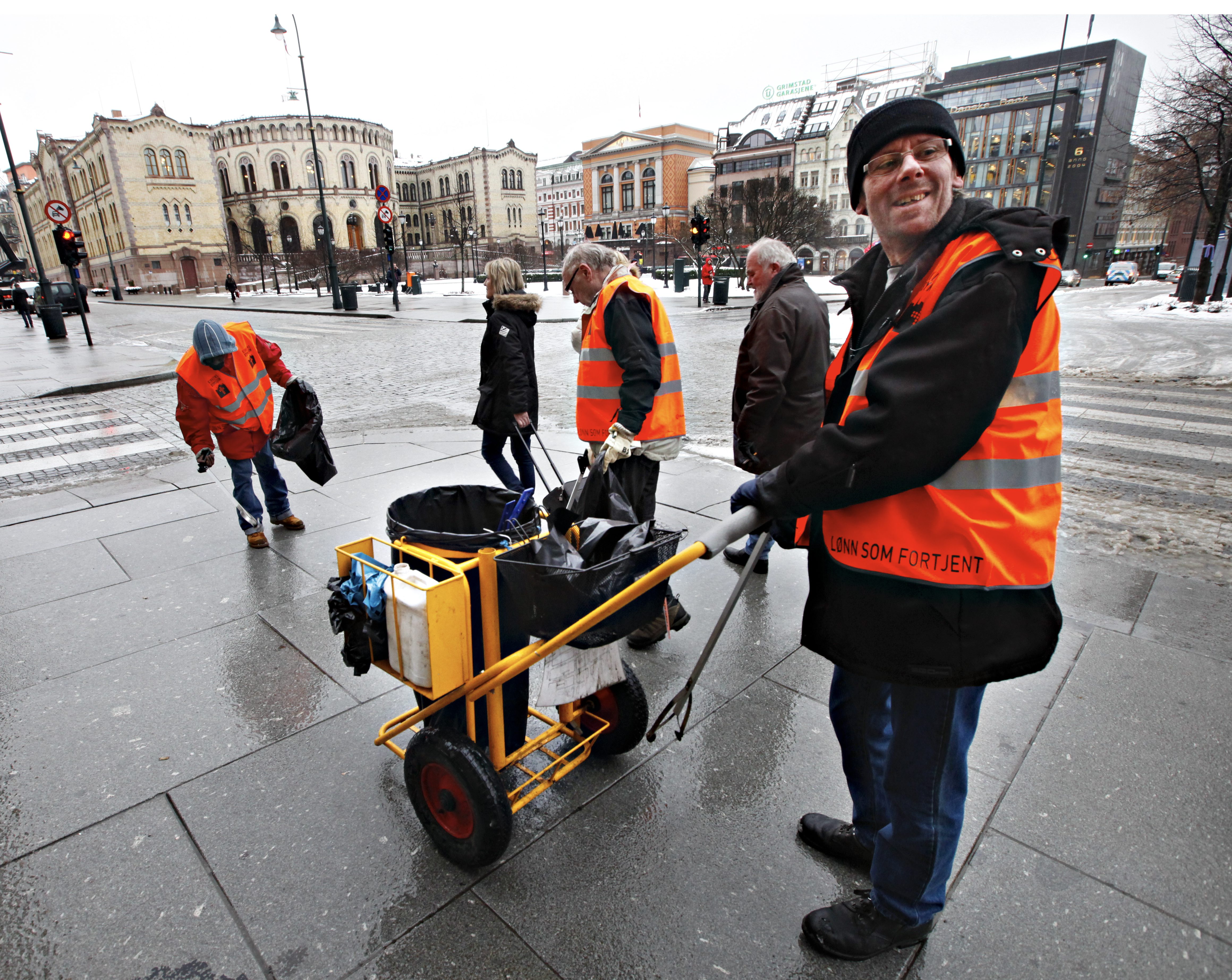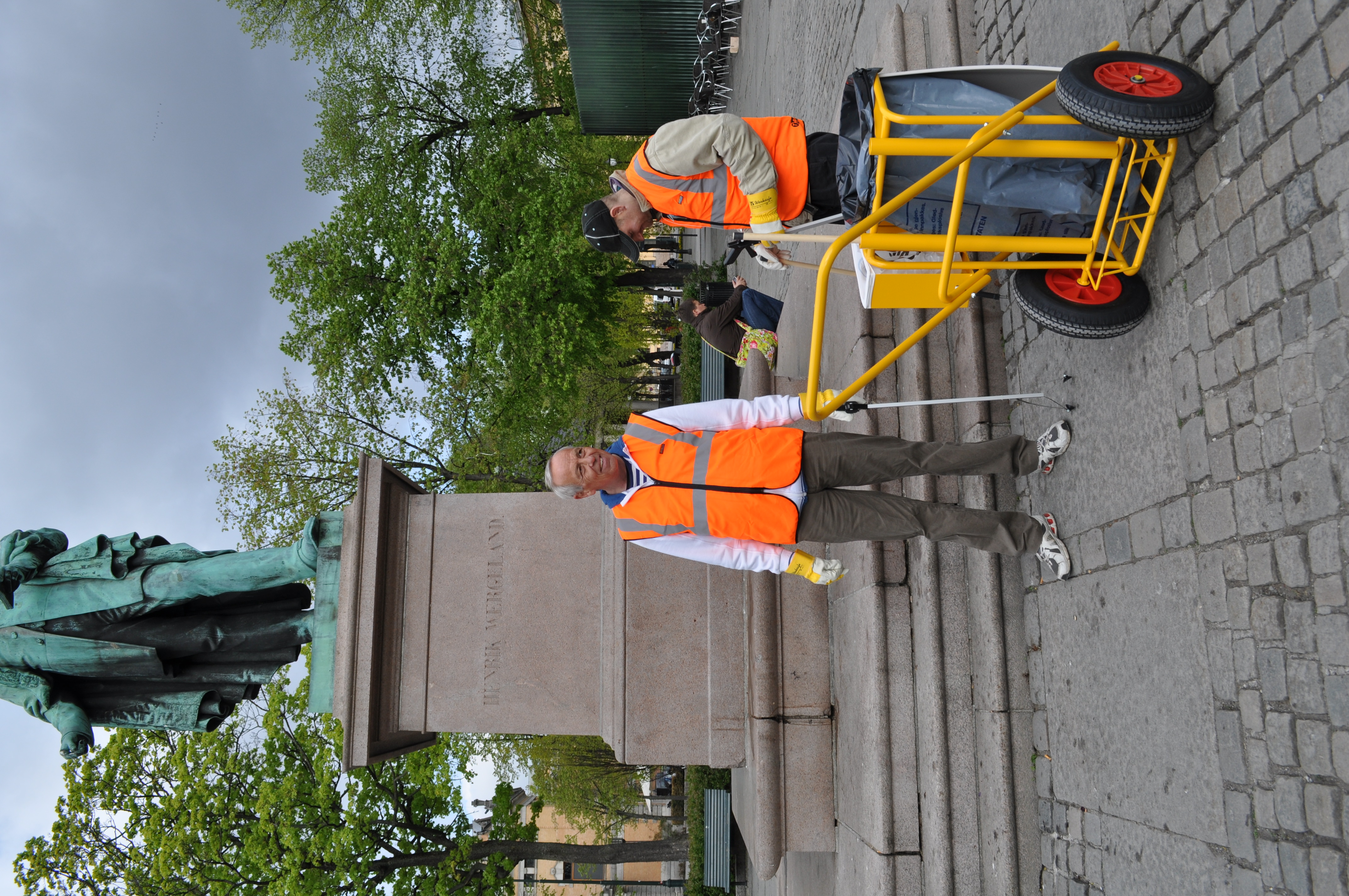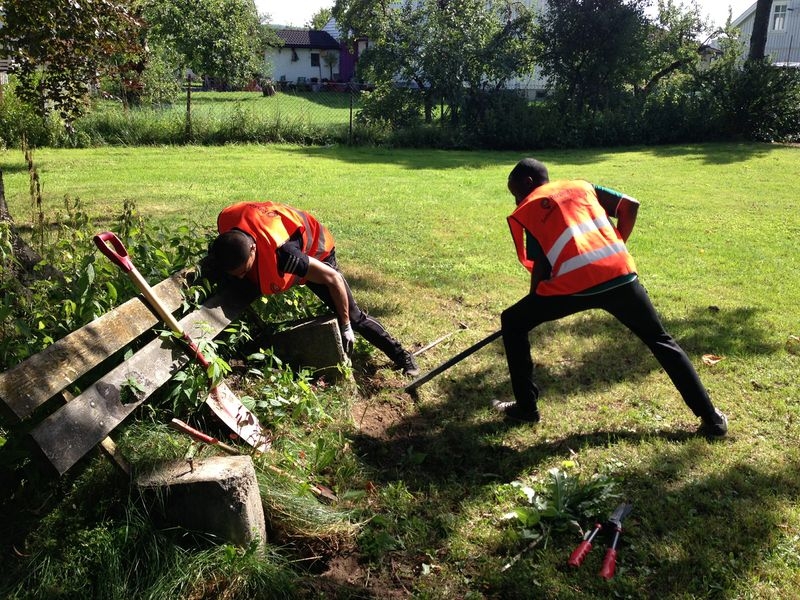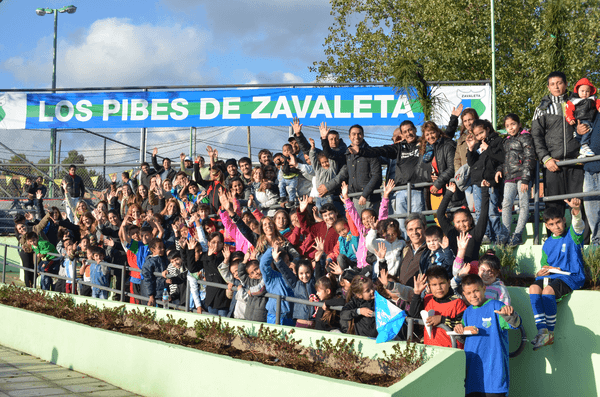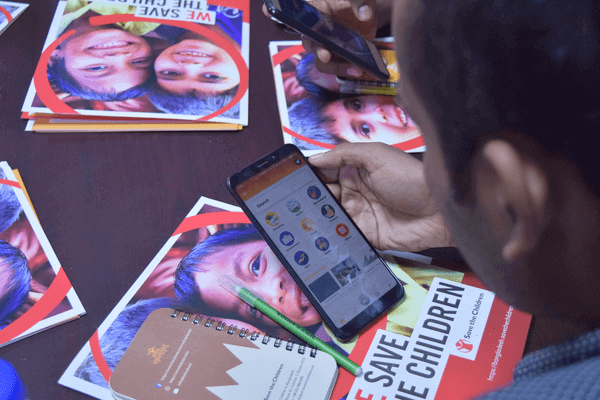City
Oslo
Main actors
Local Government, City Government, National Government, NGO / Philanthropy
Project area
Neighborhood or district
Duration
Ongoing since 2011
Oslo like every city maintains and cleans its public green spaces as part of its greening activities. At the same time the city is providing vulnerable people with inclusive employment opportunities through two programmes.
Rusken is a community action project to clean up streets, rivers, beaches and parks in Oslo. It involves kindergartens, schools, housing cooperatives, voluntary organisations, sports clubs, the business community and the general public. It emphasises joint community action, shared responsibility and the breaking down of social divisions.
The two programmes run by Rusken (Street Rusken and District Rusken) adress vulnerable people and aim at their reintegration into society. Street Rusken gives people with drug addiction assignments to keep the sidewalks in the city centre free of cigarette butts and rubbish, whereas District Rusken employs people who receive social security benefits to work in green maintenance and waste disposal.
District Rusken and Street Rusken are effective tools for social inclusion and poverty reduction since participants gain work experience and test their ability to function in a work environment. It was also important to gain insight into each district’s environmental challenges to ensure good targeting of Rusken activities.
Originally published by EUROCITIES, the network of 130 European cities - PDF: http://nws.eurocities.eu/MediaShell/media/353-green-web_final.pdf
On Map
The Map will be displayed after accepting cookie policy

